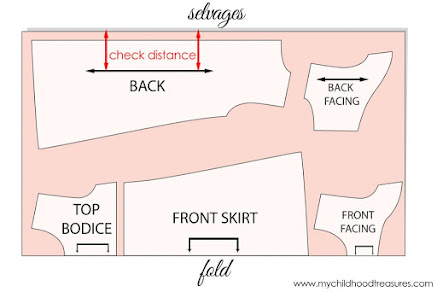ELEMENT OF DESIGN BASIC CLASS 1 INTRODUCTION ABUT LINE OR LINE EFFECT
(C) Fashion Design Elements The main elements of fashion design are Line, Shape, Texture, Pattern and Colour Awareness on these elements will help to evaluate whether a design is goo create fashion illusions and spot trends and changes in the fa understanding how these elements can be executed and manipulated is essential to good designing.
Line and Direction
3.2.2 Line and Direction A line is an elongated mark, the connection between two points or the ef the edge of an object where there is no actual line on the object itself. A line leads the eyes to view in the direction the line is going and divides the area through which it passes, thus providing a breaking point in space.
The term line refers to the direction of visual interest in a garment created by construction details such as seams, fastenings, patterns, tucks, contrast stitching and trims. It is the most basic element of design because it divides areas into shapes and spaces. A line can be hard or soft, either flexible or rigid. It can move in various directions, leading the viewer to look across, look up, and look down or to sweep around the body. Moreover, a line can also create the illusion effect of narrowness or of fullness in the wearer. Balancing the effects of lines is one of the important tasks that a designer needs to tackle in design.
(A) Straight Lines Straight lines are divided into three types: vertical, horizontal, and diagonal lines. (i) Vertical Lines
Vertical lines create a sense of lengthiness and elegance as they lead the eyes to view the body in an up-and-down motion. They create an illusion of a longer and slimmer body and a feeling of strength, dignity and formality. The use of vertical lines to create a slimming and lengthening visual effect.
Principles of Fashion Design The primary purpose of wearing clothes is for protection, e.g. to keep warm, modesty. Nowadays, people wear different clothes for different occasions and identities. They also choose clothes by following their aesthetic sense and the fashion trend. According to Oxford English Dictionary (2009), one of the definition of “Fashion” is “popular styles of clothes, hair etc. at a particular time and place”. Essentially, it means a style that is up-to-date, it influences what people wear and how they look. Changes that take place in the fashion industry is followed by people everywhere on all levels of society. Fashion carries prominent social significance and impact on human behavior.
- Vertical lines: are straight up and down and perpendicular to horizontal lines.
- Horizontal lines: are straight up and down and perpendicular to vertical lines.
- Diagonal lines: are lines that straight in any direction except vertical or horizontal.



Comments
Post a Comment